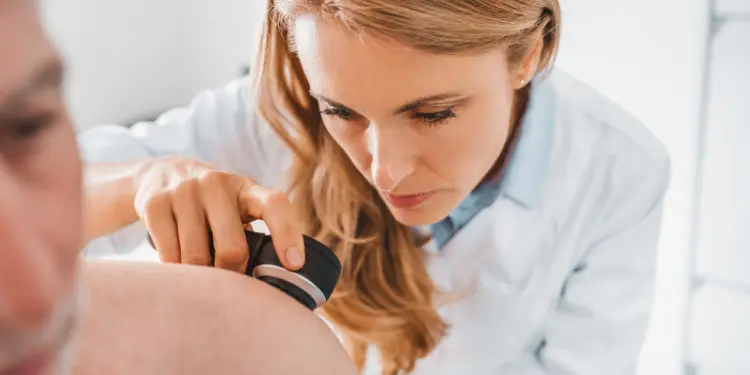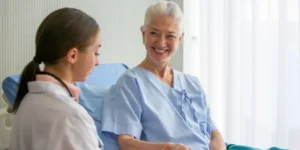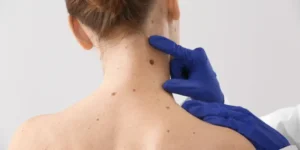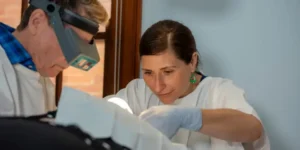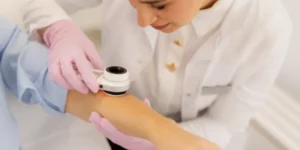Brisbane’s sunny lifestyle is hard to beat—but it comes with a hidden cost. Queensland has the highest rates of melanoma in the world, and skin cancer screening Brisbane is one of the most powerful tools we have to catch trouble early. If you’re outdoors often or have fair skin that burns easily, regular checks can prevent small issues from becoming serious health problems.
In this guide, you’ll learn how often to book a check, what to expect during an exam, and where to find trusted Brisbane clinics with fast turnaround times.
Why Queenslanders Can’t Wait on Skin Checks
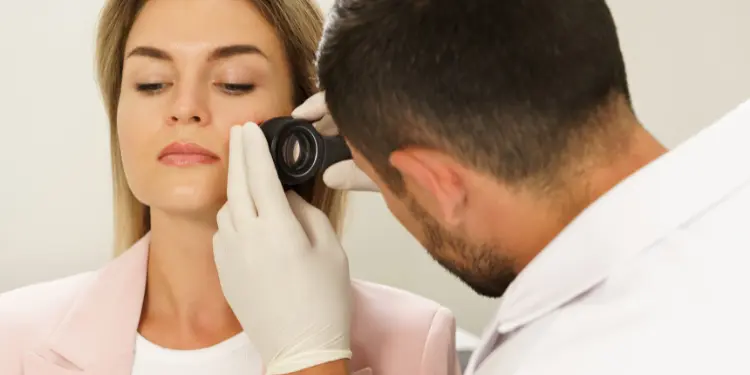
The UV index in Brisbane regularly ranks as “extreme” for most of the year. Even a 10-minute walk at lunch can trigger long-term skin damage. When melanoma is found early—before it penetrates the skin more than 1 mm—your chance of surviving five years exceeds 95%.
Leave it too late, and treatment can involve hospital surgery, lymph-node biopsies, and multiple weeks off work. Those raised in Queensland’s beach culture or who work outdoors are particularly at risk, as are people with:
- Fair or freckled skin
- A family history of skin cancer
- A record of frequent sunburns in youth
- Numerous moles or atypical spots
If any of these describe you, don’t delay. Book a full skin check today or contact us for fast, local appointments in Brisbane.
Who Needs Skin Cancer Screening—and How Often?
For most adults over 20, annual full-body skin checks are enough to stay ahead of risk. However, more frequent exams—every six months—are recommended for:
- People with a history of basal or squamous cell carcinoma
- Outdoor workers such as tradies, landscapers, or delivery drivers
- Surfers, swimmers, and hikers exposed to daily UV
- Immunocompromised individuals (e.g., transplant patients)
Children don’t usually need routine checks, but any mole that’s changing quickly should be examined by a GP or dermatologist.
Importantly, doctor-led skin checks are Medicare-rebated, meaning cost is rarely a barrier for essential care.
What Happens During a Professional Skin Check?
A professional skin cancer screening is private, quick, and typically painless. Your visit will usually involve the following:
- History Taking & Risk Assessment
You’ll be asked about sun exposure, family history, medications, and immune conditions. - Full-Body Skin Examination
Your clinician will check from scalp to soles using a dermatoscope—a magnifying lens that detects patterns beneath the skin. - Imaging of Suspicious Spots
High-risk lesions are photographed and stored for future comparison. - Biopsy or Immediate Action
If any spot looks concerning, a 2 mm punch biopsy may be done on the spot using local anesthetic.
Total time: 20–30 minutes. There’s no need to shave or fast—just show up clean, with no nail polish or heavy makeup.
How to Prepare for Your Skin Check
To get the most from your appointment, follow these tips:
- Remove nail polish and makeup to ensure clear visibility
- Wear loose-fitting clothes for easy access to skin
- Bring past pathology reports or mole photos
- Note down any changes in moles or freckles—even small ones
Also, take photos of any suspicious spots at home and show these to your clinician. Tracking changes over time is a vital part of skin cancer prevention.
After the Visit: What Happens Next?
Biopsy results are usually back in 48 hours. If clear, you’ll get a plan for future checkups and reminders. If a lesion is cancerous, most early-stage cases are handled in-clinic under local anaesthetic with minor stitches.
You’ll also receive a custom prevention plan covering:
- Daily use of SPF 50+ sunscreen
- Wearing wide-brim hats and UPF-rated clothing
- Vitamin D monitoring for those avoiding sun exposure
Self-Checks Between Visits
Professional screening is essential—but you should still examine your skin monthly. Use a mirror and good lighting to check areas like:
- Scalp and hairline
- Back, buttocks, and thighs
- Between fingers and toes
- Underarms, ears, and soles
Follow the ABCDE rule:
- Asymmetry
- Border irregularity
- Colour variations
- Diameter larger than 6mm
- Evolving or changing shape
Download the SunSmart app to get daily UV alerts and track mole changes.
Bonus Tip: Skin Health and Vitamin D Balance
Avoiding all sun exposure can lead to vitamin D deficiency. Brisbane residents with low levels may be advised to:
- Spend 10 minutes outdoors in the early morning (UV <3)
- Eat D-rich foods like eggs, salmon, and fortified milk
- Take supplements under medical guidance
Talk to your GP before starting supplements, especially if you’re on medications that affect calcium metabolism.
Final Thoughts: Take Action Today
Skin cancer screening in Brisbane isn’t optional—it’s essential. Queensland’s UV radiation is no joke, but with regular checks, education, and a few minutes a month of self-exams, you can stay ahead of the risk.
Don’t wait until summer. Contact us today to book a skin check at one of Brisbane’s trusted clinics and give yourself peace of mind for the months ahead.

